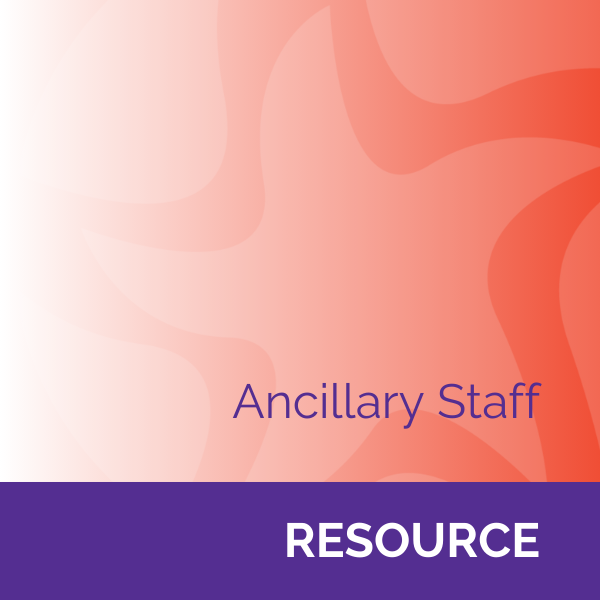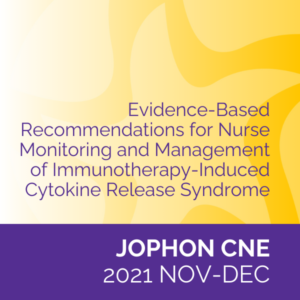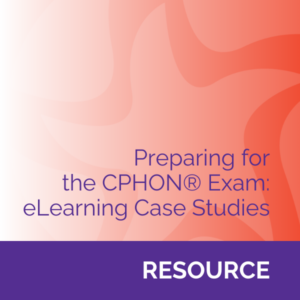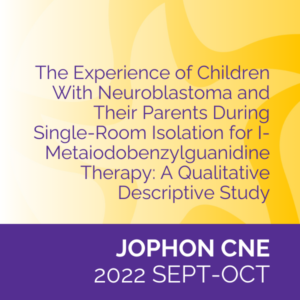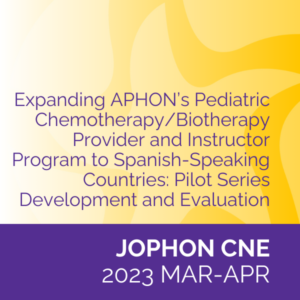Description
Product Details
The Resource for Ancillary Staff provides a foundational overview for non-nursing healthcare professionals caring for children, adolescents, and young adults with cancer and blood disorders. The resource allows nurse educators to provide adequate training to the ancillary team members who are an integral part of patients’ and families’ care, such as certified nurse assistants, child life specialists, lab technicians, chaplains, and social workers. Standard treatment and potential side effects are presented. The lectures are presented in PowerPoint format and include four modules.
CNE contact hours are not available for this product.
Topics Covered:
- Overview of Cancer and Blood Disorders in Children (60 minutes)
- Types of Pediatric Cancers i. Learning Objectives
- Discuss the most common types of pediatric cancers.
- Describe the different treatment modalities used in pediatric cancers.
- Identify the most common types of blood disorders in children.
- Treatment of Cancer
- Learning Objective
- Discuss the different treatment modalities for pediatric cancer, including chemotherapy, biotherapy, radiation therapy, surgical interventions, and complementary and alternative therapies.
- Learning Objective
- Types of Blood Disorders
- Learning Objectives
- Describe anemia, including causes, signs, and treatments.
- Describe how sickle cell disease affects the body.
- Describe the complications of sickle cell disease.
- Describe different types of bleeding disorders and the importance of maintaining a safe environment.
- Learning Objectives
- Treatment of Blood Disorders
- Learning Objectives
- Discuss the different options for pain management in patients with sickle cell disease.
- Describe vaso-occlusive crisis in patients with sickle cell disease.
- Discuss implications for transfusion therapy in patients with blood disorders.
- Learning Objectives
- Hematopoietic Stem Cell Transplantation
- Learning Objectives
- Describe the basic principles of hematopoietic stem cell transplantation (HSCT), also known as bone marrow transplant or stem cell transplant.
- Describe the indications for transplant, the types of transplants, and the sources of stem cells.
- Identify key factors in caring for a patient who is undergoing HSCT.
- Learning Objectives
- Types of Pediatric Cancers i. Learning Objectives
- Supportive Care of the Child with Cancer and Blood Disorders (20 minutes)
- Learning Objectives
- Discuss the importance of accurate vital signs and weights.
- Discuss the key importance of nutrition in maintaining the health of the pediatric oncology patient.
- List interventions for preventing infections.
- Implement practices for safe handling of bodily fluids and chemotherapy medications and take precautions to prevent bleeding.
- Learning Objectives
- Psychosocial Support for Patients with Cancer and Blood Disorders and for Their Families
- Learning Objectives
- Discuss the psychosocial effects that childhood cancer and blood disorders have on children and their families.
- Discuss the role that staff members play in promoting healthy psychosocial healing and growth in children and families.
- Explore the meaning of proper professional boundaries.
- Identify considerations for the adolescent and young adult population.
- Learning Objectives
- Care of the Child and Family at the End-of-Life
- Learning Objectives
- Discuss developmental perceptions of death and dying.
- Describe physical comfort measures provided during end-of-life care.
- Discuss strategies to support the family during end-of-life care.
- Recognize the need for self-care.
- Learning Objectives
Credits
Mary Newman, MSN RN NE-BC CPON®
Additional Contributors: Jillian Cotter, RN; Laura Stokes, BSN RN CPHON®; and Lucretia Tucker, BSN RN CPON®
